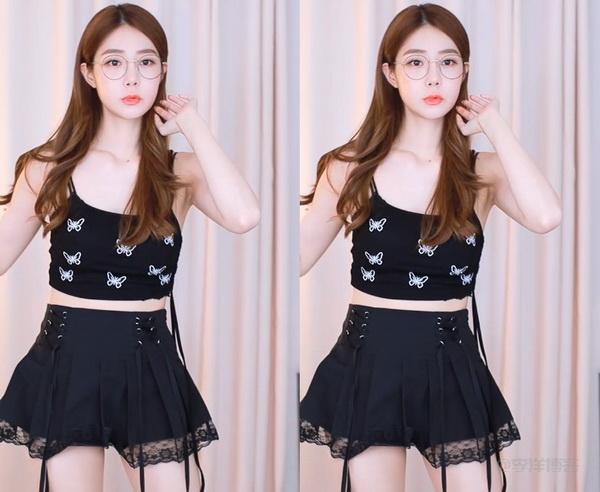资讯真人直播app下载视频最新版
调教本子,原标题:The Ultimate Guide to Building Your Own Gaming PC新标题:Master the Art of Custom Gaming PC Building in an Ultimate Guide
Custom gaming PC building has become increasingly popular among gamers who want to have complete control over their gaming experience. Building a gaming PC from scratch gives you the flexibility to choose your own components and customize the performance of your system to your personal preferences. In this ultimate guide, we'll take you through the steps of building your own custom gaming PC, including everything from choosing components to troubleshooting common issues.
Step 1: Choosing Your Components

The first step in building your own gaming PC is to choose the components that you'll need. The most important components are the CPU, GPU, motherboard, RAM, power supply, and case. Here's a breakdown of each component:
CPU - The central processing unit (CPU) is the brains of your PC, and it's responsible for performing all of the calculations and computations that make your computer run.
GPU - The graphics processing unit (GPU) is responsible for rendering the graphics in your games. A powerful GPU can improve the graphics performance and make your games run more smoothly.
Motherboard - The motherboard is the backbone of your PC, providing the connections between all of your components.
RAM - Random access memory (RAM) is a type of memory that your computer uses to store data that it's currently using. The more RAM you have, the faster your computer will be able to perform certain tasks.
Power Supply - The power supply is responsible for providing power to all of the components in your PC.
Case - The case is the shell that houses all of the components of your PC.

When choosing your components, it's important to consider your budget and the performance that you're looking for. Research each component and read reviews to make sure that you're choosing high-quality components that will meet your needs.
Step 2: Putting Your PC Together
Once you've chosen your components, it's time to start putting your PC together. Here's a step-by-step guide:
Install the CPU onto the motherboard. Be sure to apply thermal paste to ensure proper cooling.
Install the RAM onto the motherboard. Make sure to align the notches on the RAM with those on the motherboard.
Install the motherboard into the case. Make sure to secure it using the standoffs provided.
Install the power supply into the case. Make sure to connect all necessary cables to the motherboard and other components.
Install the GPU into the motherboard. Make sure to secure it using the brackets and screws provided.
Connect all necessary cables to the components and the power supply.
Install any additional components, such as storage drives or cooling systems.
Close up the case and power on your PC.
It's important to follow each step carefully to avoid damaging your components. If you're unsure about any step, be sure to consult the instruction manual for your specific components.
Step 3: Troubleshooting Common Issues
Even if you carefully follow each step, it's possible to run into issues when building your own gaming PC. Here are some common issues and how to troubleshoot them:
PC won't power on - Make sure that the power supply is properly connected and turned on. Check that all cables are properly connected.
Blue screen of death - This can be caused by incompatible hardware or software. Check that all components are compatible with each other and that you have the latest drivers installed.
Overheating - If your PC is running too hot, make sure that your cooling system is working properly and that all fans are properly connected.
Slow performance - This can be caused by a number of factors, such as insufficient RAM or a slow hard drive. Upgrade your components as necessary to improve performance.
If you're still experiencing issues, don't hesitate to seek help from online forums or professional technicians.
Conclusion
Building your own custom gaming PC can be a rewarding experience that allows you to fully customize your gaming experience. With this guide, you should have the knowledge to choose your own components, put your PC together, and troubleshoot common issues. Happy building!
相关文章
- 阿肯宝石,探寻阿肯宝石的神秘魅力 闪耀宝石的不凡魔力
- 3l是几斤,Unlocking the Mystery How Heavy is 3L in Kilograms
- 思普瑞特官网,智能科技呼吸新生:思普瑞特创新官网
- 微信pc端下载,PC端微信下载:畅享更广阔的社交世界
- 塔防游戏下载,创新塔防游戏:揭秘王国诛魔!
- 4438XX,加速可持续价值增长——4438XX革新营销策略
- 未转变者指令,青少年抑郁症日趋严重,专家列出应对策略 重写后:有策略!应对青少年抑郁症
- 桃屋猫三国,「猫」乱三国:桃源之战
- 数学app,MathGenius- 数学快速学习神器!
- 水果忍者中文版,果汁四溅:水果忍者华丽升级版



